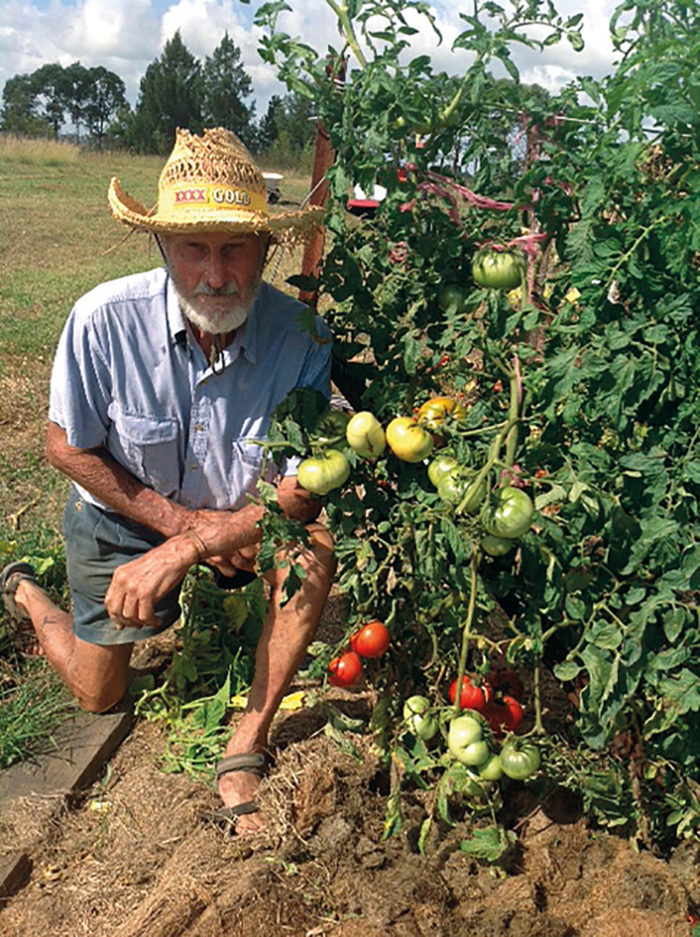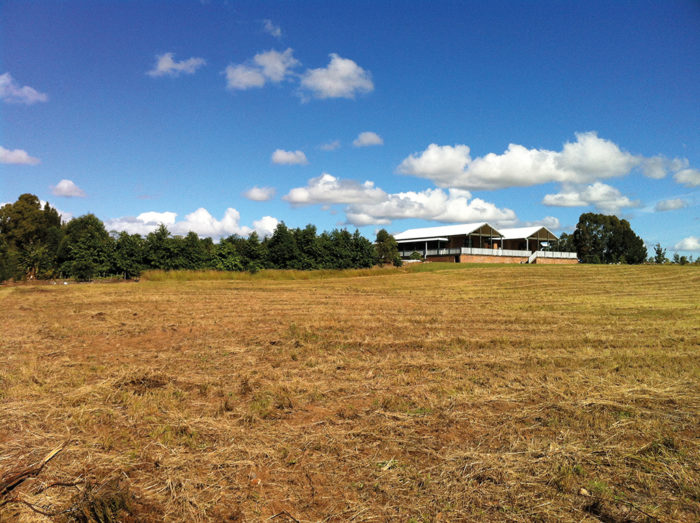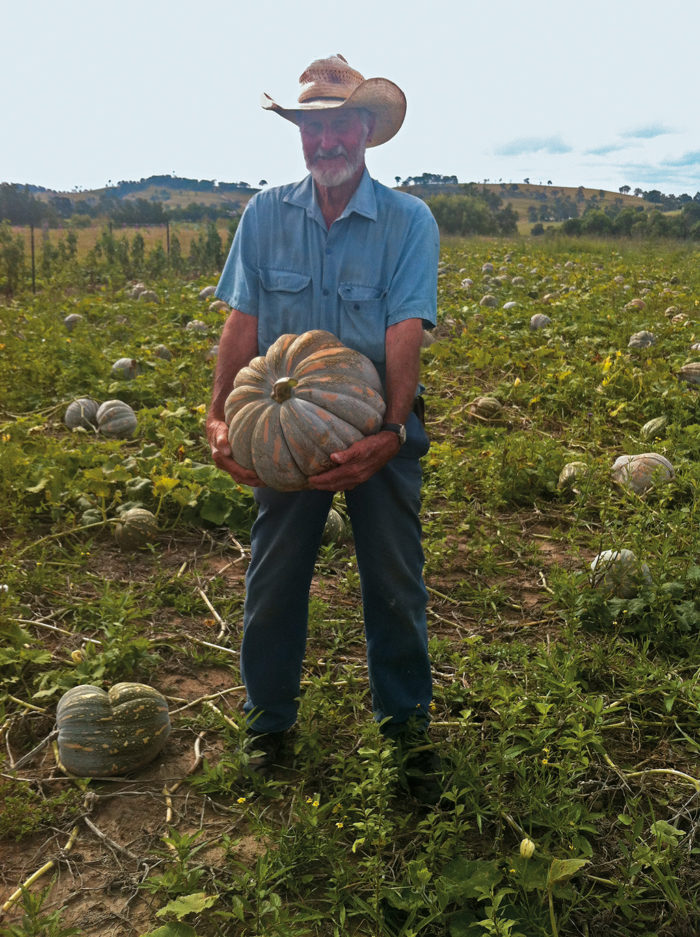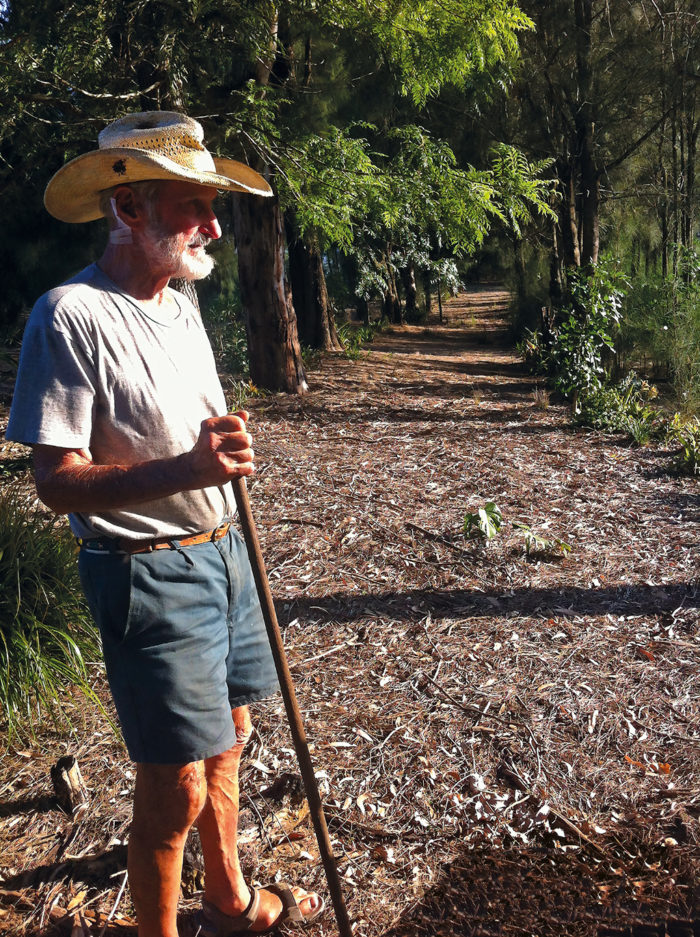
New life for an old mining site
Local farmer Austin Breiner is busy growing unusual fruit and vegetables and championing the slow food movement.
Passion is an overused word these days, but it is one that sits well on Austin Breiner. At 81 he is strong, wiry, bursting with enthusiasm and about halfway through a project that will see his 90-acre property at Oakhampton, a former river mine, transformed into a sustainable farm with produce from all over the world.
“You only get one walk through. So you’ve got to make the most of it,” Austin says from the seat of his tractor as he shows me around the property.
“You don’t have to succeed but you do have to try.”
Austin Breiner
A former geologist and science teacher, Austin and his wife Laurel, who was also a secondary teacher but of the maths variety, purchased the property five minutes from the centre of Maitland in 2003. Austin was keen to return to farming having grown up on the land and Laurel was happy for Austin to realise this dream so long as it wasn’t too far out.
“We were living in town and I wanted to get back on the land where I’d come from. Laurel saw [the property], it was close to town and she said well let’s have a look at it, I could probably be happy there … and that’s where it all started.” Back to nature When Austin says that’s where it all started, he means that’s where he started to revive the river’s edge, plant an orchard and cultivate 3 acres of market gardens.
It’s also where the free-range chooks began and plans for a dam stocked with fresh fish and a native bird aviary. Austin tells me the property was used to quarry sand and gravel from the river for around 40 years before he and Laurel purchased it. The natural bushland had mostly been razed due to previous land use and a devastating flood in 1955 also took out many large trees. One of the first things Austin did was plant native trees along the riverbed, returning the perimeter to its natural state.
“Most of the Hunter River flats were riverine rainforest before [settlers] chopped them all down, there were several kinds of figs, there’s rose cedar, white cedar, red cedar, rose walnut, and blackbean.” The trees he planted grew and flourished quickly. Sixteen years on this forest is now towering and strong even during drought.
Read more in the Winter issue of Hunter&Coastal Lifestyle Magazine or subscribe here.
Story and photography by Megan Hazlett






